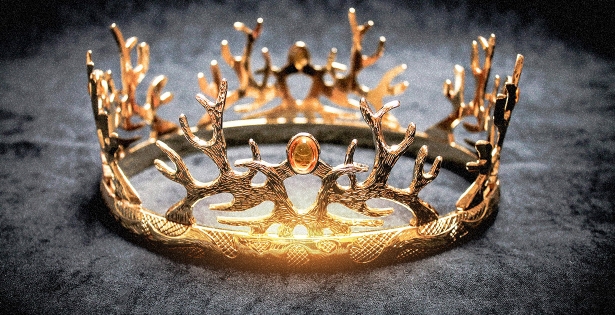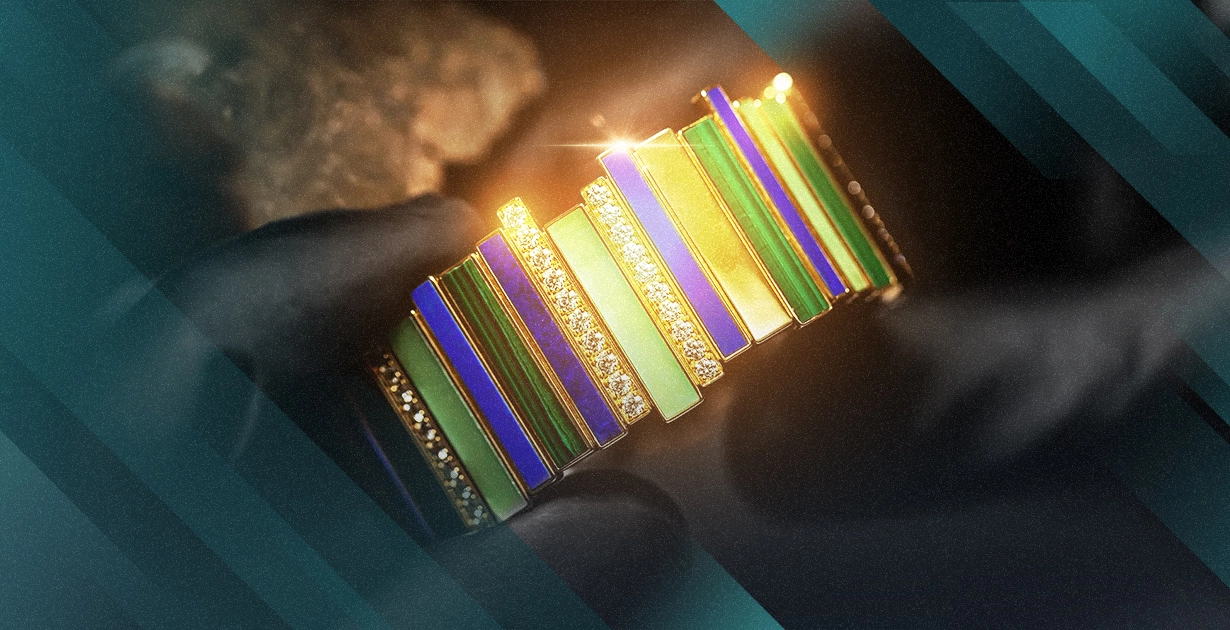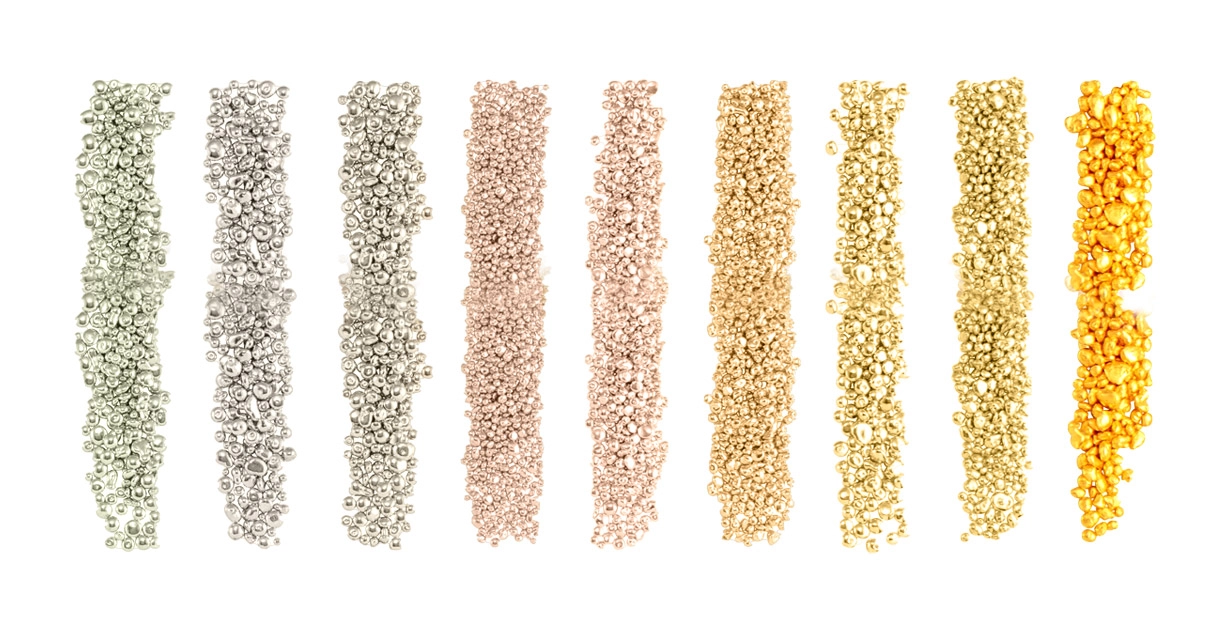
The variety of gold alloys: interesting facts
Average reading time — 3 minutes
When it comes to gold, a yellow colored precious metal comes to mind. However, there are a huge number of its shades and types. Did you know that gold comes in white, red and even blue shades?
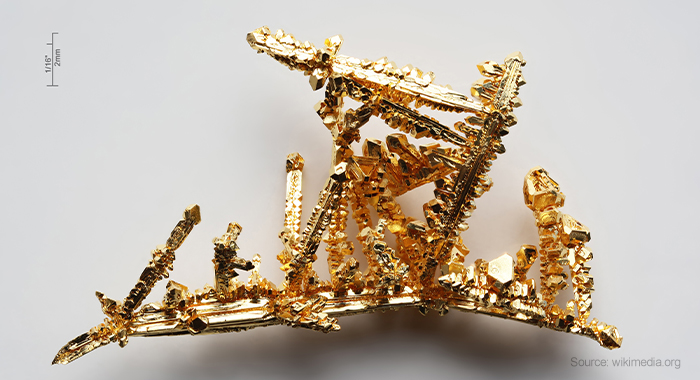
In the photo: pure gold in all its glory.
Types of alloys
We are, of course, talking about alloys. Jewelry is rarely made from pure gold. The fact is that in its pure form this metal is quite soft, which, of course, is impractical for everyday use. To increase strength, specialists add alloys of other metals. Alloys have different characteristics and, of course, colors, which are especially important in jewelry. The shade of the product can improve or, conversely, ruin the impression of the decoration.
Pure gold is yellow in color. When silver is added, the shade becomes lighter. To achieve a lemon color, jewelers increase the percentage of silver ligature. Copper is used to add warm shades to the noble metal.
The amount of ligature determines the gold fineness. The 585 fineness (14K) is considered one of the most common purities. Such an alloy contains about 14 percent copper and 28 percent silver. The lowest fineness of gold (375) contains silver and copper, as well as palladium. In terms of quality and appearance, products made of such type of gold are inferior to jewelry of a higher fineness.
White gold
White gold has a captivating cool tone and is very popular in the jewelry industry. The advantage of this alloy: it goes well with diamonds.
The shade of the alloy is obtained by adding silver, palladium, platinum and nickel to the composition. The type with added platinum is considered the most practical and valuable one. Platinum gives the alloy strength, protects it from scratches and deformation, as a result of which the jewelry can be worn for many years. A more affordable version of white gold has a nickel alloy. It is valued much less because it is not as durable and has a yellowish tint. This alloy can cause allergies, so you should check your susceptibility to the effects of nickel when choosing such products.
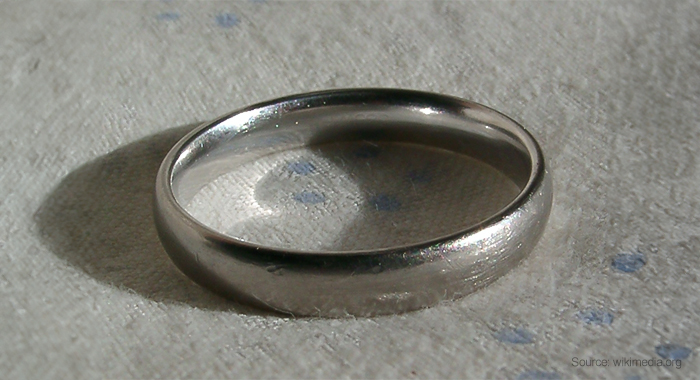
In the photo: classical white gold with rhodium plating is considered especially wear-resistant.
Red and rose gold
Adding a copper alloy makes it possible to obtain red and rose gold. The resulting alloy is resistant to mechanical damage. Red gold is an alloy and contains 50 percent copper, which gives it its characteristic reddish tint. An elegant pink hue usually indicates an alloy of 585 fineness. It contains gold, copper and silver, which brightens the alloy.
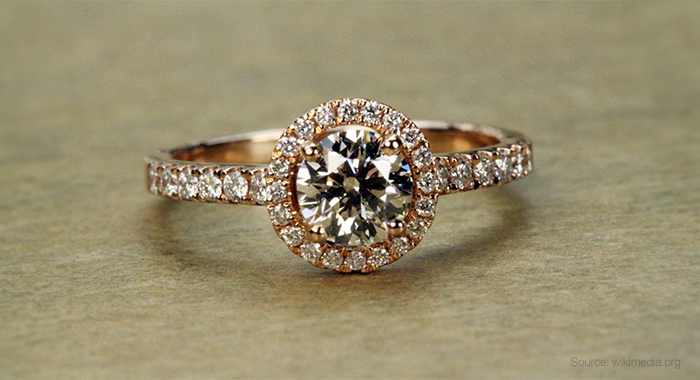
In the photo: a ring made of rose gold — another common color pattern, in which the sunny metal has the tones of rays of dawn.
Green gold
The alloy with a slight shade of green contains 30 percent silver. This alloy is called electrum. Jewelry made from it is rarely made due to its high fragility. Electrum is sometimes combined with other gold alloys.
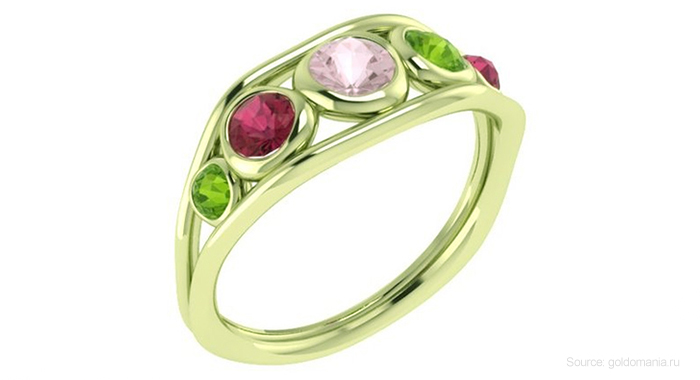
In the photo: some people consider green gold to be very “whimsical” when choosing stones, since not all colors match it.
Blue gold
To obtain blue gold, steel or cobalt and indium are added to the alloy. The purple tint is obtained by adding an alloy of aluminum and potassium.
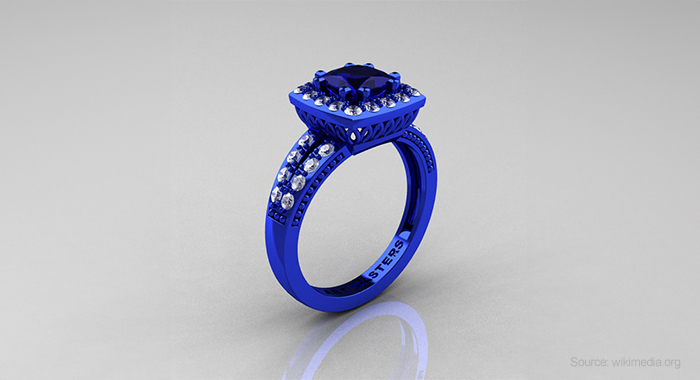
In the photo: impeccable precision in the formation of alloy shares can give the world either sophisticated chic or flashy kitsch.
Investment aspect
As we can see, the variety of shades of gold alloys creates the widest opportunities for jewelers. That is why such alloys are highly valued.
In the financial sector, everything is exactly the opposite. For investors, the most reasonable investment option has traditionally been pure gold. Unlike jewelry, investment metal is sold at a minimal markup and continually increases in value over the long term.
Read also the article:

